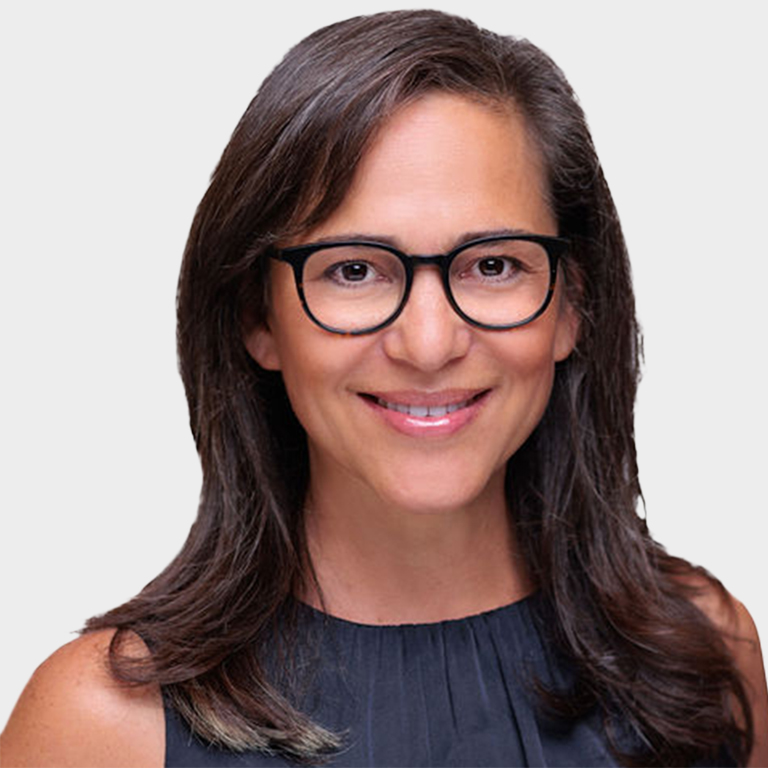
Written by Yvonne Castillo ,
Director of Risk Management
01/10/2025 · 4 minute read
Among the most pressing is the growing disconnect between the future-forward data on rainfall and the codes and standards professionals rely on as a baseline. Many of these codes are based on decades old data that fails to account for the accelerating impacts of climate change. This gap is leaving design firms in a precarious position, and most may not even realize it.
Take the National Oceanic and Atmospheric Administration’s (NOAA) ongoing work on NOAA Atlas 15, a groundbreaking effort to update US precipitation frequency data for the first time in years to account for climate change. While NOAA Atlas 15 aims to improve the accuracy of rainfall predictions and help inform future updates to design standards like ASCE 7, the reality is that most current codes and standards rely on outdated data, such as NOAA Atlas 14 or even earlier sources. In practice, this means the buildings and infrastructure being designed today are often prepared for yesterday’s weather, not the severe storms and increased rainfall scientists project for the years ahead in certain locations across the US.
And the problem isn’t just about rainfall. Warmer seas are fueling more violent storms, combining heavier rainfall with stronger winds and higher storm surges. Yet, the codes guiding today’s designs largely fail to reflect these worsening conditions. The weather of today, as challenging as it is, may be the best we can expect. Without adapting to climate projections, the built environment may fall short in protecting the health, safety, and welfare of society.
Design firms are in a tough spot. On one hand, they’re required to follow codes and standards to ensure compliance. On the other hand, these same codes don’t fully reflect the risks ahead as it relates to worsening weather conditions. The expectation of anticipating foreseeable conditions—a cornerstone of professional liability—is becoming harder to meet when the tools provided fall short. Many firms may believe they are doing the best they can by following codes, but unfortunately, it may not be enough to truly prepare for the future. To make matters more challenging, even when firms recognize the need to design beyond existing codes, they may be constrained by clients who are reluctant to invest in resiliency measures.
So, what can design professionals do? At a minimum, it’s time to expand the toolbox. Firms can leverage free, online, future-forward climate data to understand potential climate perils based on modeled best- and worst-case global warming scenarios. Leveraging climate modeling tools and partnering with experts who can translate climate science into actionable insights could also be an option. It’s important, however, to acknowledge here that no one has a crystal ball. There is plenty of uncertainty in climate modeling, but the mere fact that you as a design professional accessed and used future-forward climate data to inform your designs demonstrates a proactive and responsible approach. That approach is also something that courts and jurors may recognize as a key fact in assessing due diligence.
When developing adaptive strategies, it is equally important to educate clients about anticipated climate-related risks. Document these discussions and, when possible, offer options for resilience measures that may go beyond code. While this approach doesn’t eliminate liability, it demonstrates meaningful due diligence and competitively positions firms as proactive stewards of a built environment that considers climate risks.
Designing for a future shaped by climate change isn’t easy. By going into these challenges with eyes wide open, design professionals can better navigate the growing risks and protect their clients, their projects, and society at large.